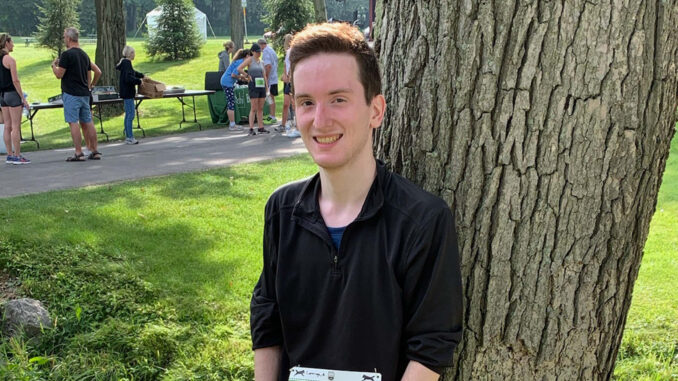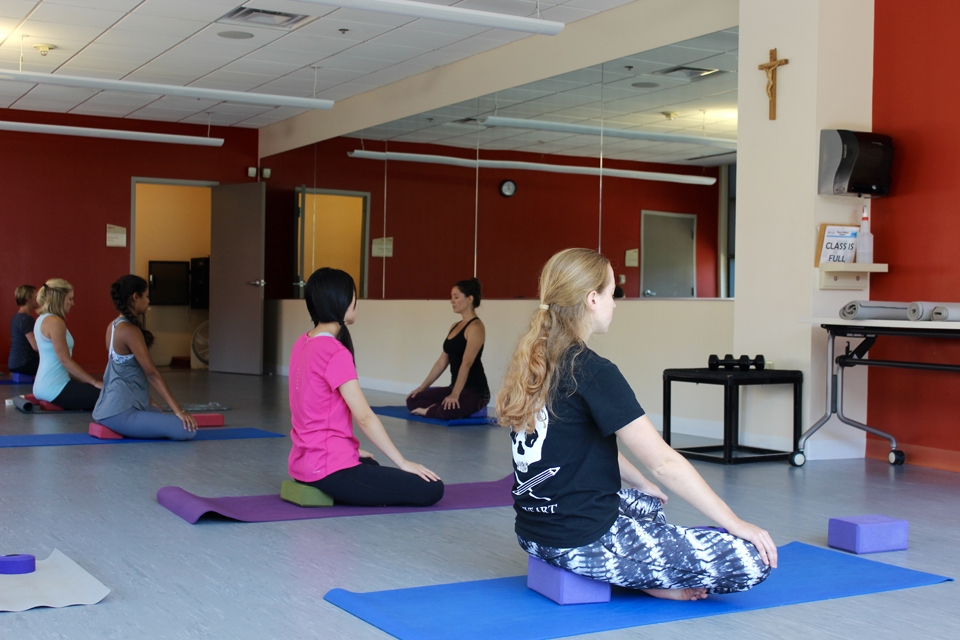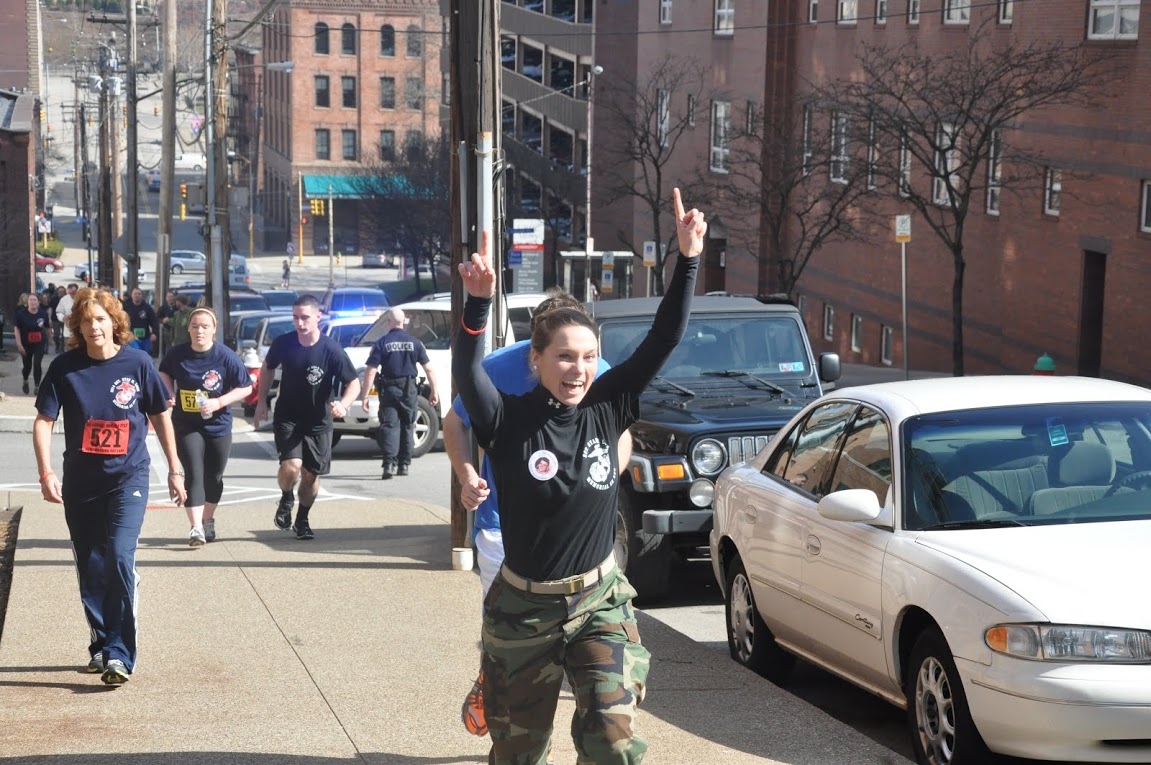
Andrew Cummings | multimedia editor
Oct. 14, 2021
All I could think was: “I can’t do this,” “My legs are tired,” “I can’t catch my breath.”
These, among other complaints, are all things that I said to myself over summer as I prepared to run my first 5K race.
At the beginning of the summer, I decided that I wanted to become more physically active. I am not an athlete, and I have never been inclined to participate in physical activity — unless you count one season of middle school track — that is.
I began running as a way to warm up for other types of exercises like weightlifting, but I quickly realized that I enjoyed running much more. I decided that I would start running further distances, and see how far I could go. When I started, a half mile was enough to thoroughly wind me.
Over the summer, I gradually increased the distance of my runs: half mile, one mile, one and a half miles, etc. Eventually, I got to the point where I felt like a five kilometer (3.1 mile) run was within my reach.
I’ll never forget the first time I attempted it. I remember about halfway through the run, my energy level completely dropped off, and I felt like the full distance would be impossible to finish.
But I kept going, putting one foot in front of the other.
I was able to complete the distance, albeit with a pretty mediocre time. The time didn’t matter to me though, because I was happy just to have done it.
This was when I knew that an official race was feasible. I researched local 5Ks, and I signed up for one that was a few weeks away.
I continued to train in the meantime, getting my body ready for the Community Chase 5K.
The day of the race, I got up between 5:30 and 6 a.m. and ate leftover Chinese food for my pre-race meal. I had experimented with different foods leading up to race day, and I found that the mix of protein and carbohydrates in chicken and rice kept me energized during runs without causing cramping.
Before the race, I would say that I felt the “right amount” of nervousness. I was nervous because this was my first official race, but I was not afraid of it. I had put in the work, and I knew that I was physically capable of completing it.
I was not concerned with getting a specific ranking. I knew that I was not going to beat some of the other racers that had been running for years prior, so I just set a time goal for myself. I wanted to complete the race in under 30 minutes.
Once the race started, the experienced runners quickly took the lead; I managed to hold out in the middle of the pack.
There were a few challenges that made this race more difficult than my training. Other than the halfway point, there were no distance markers to help track pace. I trained mostly on a track where it was easy to know how far I was.
The heat was another factor. Most of my training was done at night, so the hot sun led to faster fatigue. The last factor was the hills. The course went through a park and various neighborhoods with fairly steep hills, something else I had not accounted for in my training.
I remember the last stretch of the race, not knowing how much distance was left. My legs started to feel fatigued, I felt incredibly hot from the sun and I struggled to take full breaths.
Eventually the finish line came into view. I remember seeing the time clock at around 29 minutes and 30 seconds and thinking that I was too close to not meet my goal now.
All of the fatigue in my legs dissipated, and I suddenly felt like I was flying toward the finish line.
I sprinted through the finish line, running past the marker by about 40 feet.
After slowly walking back, I saw that I had come in with a final time of 29.41.88, about 19 seconds short of 30 minutes.
The takeaway I had from this experience is that it is good to do things that are hard and that challenge you.
I know that at the beginning of the summer, I never would have thought I could do this. I have never been athletic, and I could barely run a half mile at the start. But through hard and consistent work, I was able to push through and accomplish something far outside of my comfort zone.




